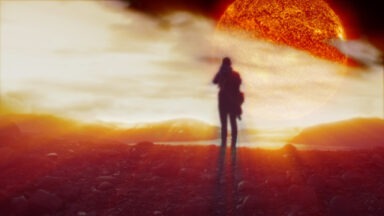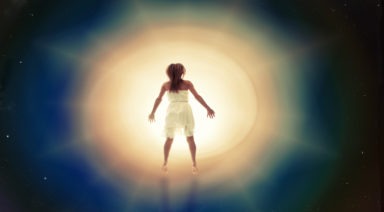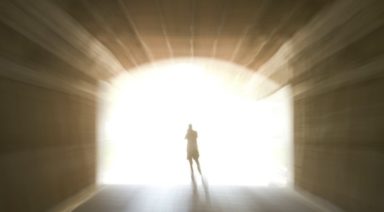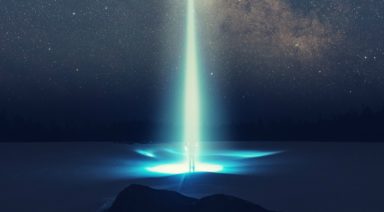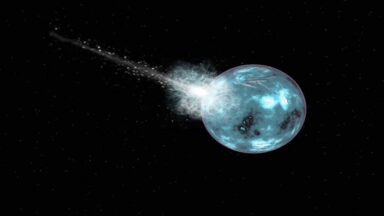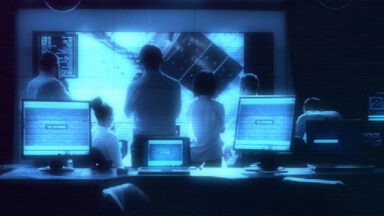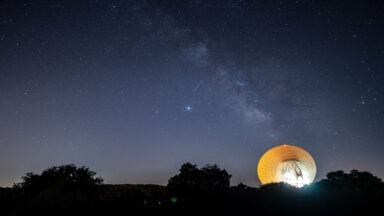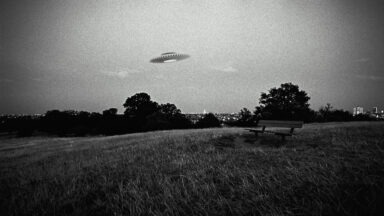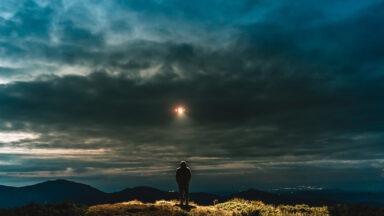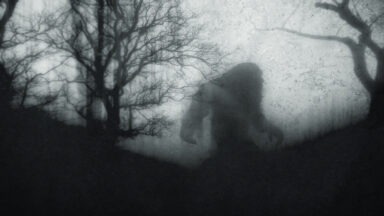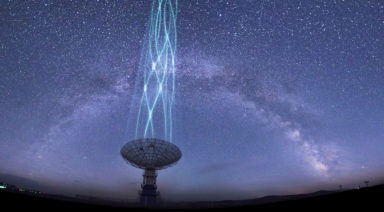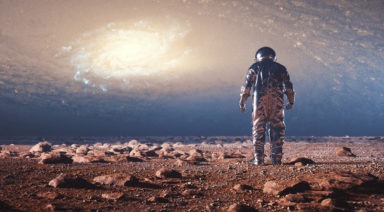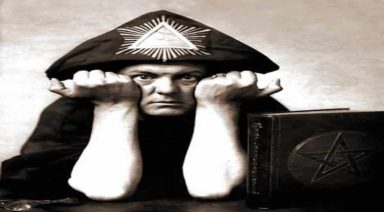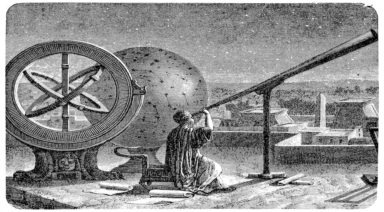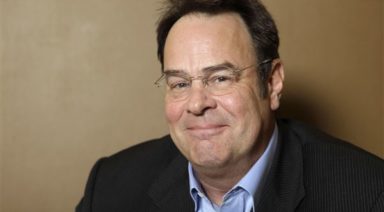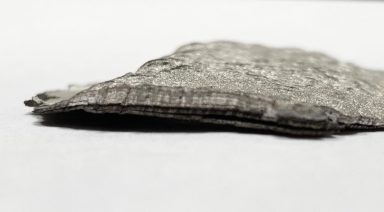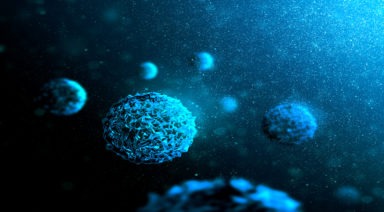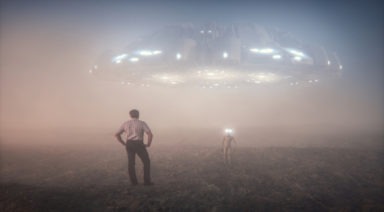Billionaire Offers $1 Million for Proof of Afterlife
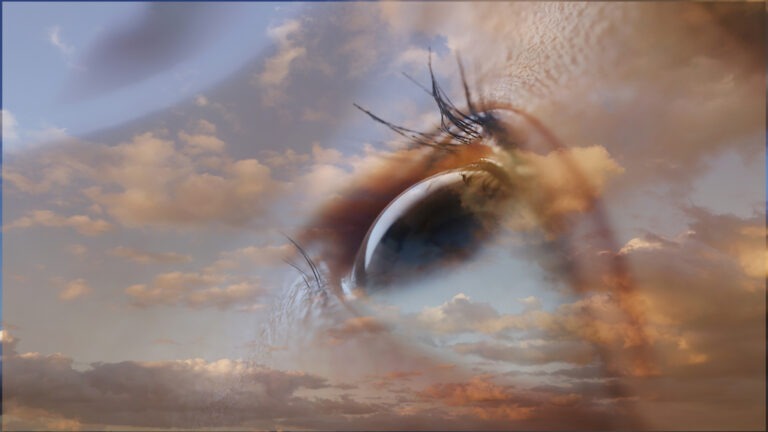
This past January, wealthy entrepreneur Robert Bigelow announced a contest: provide the best evidence of “[T]he survival of consciousness after permanent bodily death” for almost $1 million in prize money. Over 1,000 entrants entered the contest, seeking to prove life after physical death.
Dr. Jeffrey Long has studied near-death experience (NDE) for 20 years and was a runner-up in the contest. In his essay, Dr. Long broke down 12 lines of evidence for life after physical death common among near-death experiencers around the world. Of the three most important, the first is cardiac arrest and brain death.
“Immediately, when your heart stops beating, of course, blood instantly stops flowing to the brain,” Dr. Long said, “10-15 seconds after blood stops flowing to the brain, maybe up to 20 seconds, the electroencephalogram (EEG), which is a measure of brain electrical activity goes absolutely flat — there’s no measurable electrical activity going on in the brain — it should be, in those circumstances, impossible to have any kind of a lucid memory at that time. Yet, by the hundreds, we have people reporting NDEs exactly at that time, highly lucid and organized experiences consistent with NDEs occurring at all other times, and that should be medically, absolutely impossible.”
Next, comes the sensation of floating above the body.
“The initial event is what we call an out-of-body experience. Consciousness rises above the physical body and from that vantage point they can see ongoing earthly events, or hear them, and they are often visualizing people frantically trying to bring them back to life. What they see in that out-of-body experience is overwhelmingly accurate, down to the finest details. Even if their consciousness leaves the area of their body and goes someplace far from their physical body, far from any possible physical sensory awareness, what they can see and hear is almost invariably — and I’m talking about my study, I’m talking about 98 percent — accurate down to the finest details.”
His third line of evidence is NDEs in the blind.
“I’ve studied and interviewed an individual who was born totally blind. When she had her NDE it was stunningly visual. I have a series now of people who are severely visually impaired or legally blind, and in all of those cases in my series, their vision during an NDE is either normal or even supernormal awareness; dramatic, supernormal vision, supernormal sensory awareness that we see over and over again in NDEs that would be absolutely beyond what anybody could normally imagine. All lines of evidence and others that I have all converge on that conclusion that NDEs are, in a word, real.”
What can we learn from the phenomena of shared NDEs?
“We now have a series of about 16 NDEs where two or more people had a simultaneous life-threatening event — they had NDEs and remarkably they were aware of each other, during the time that their consciousness was apart from their bodies, able to communicate with each other typically and able to talk, aware that their physical bodies were down there. In general, in this series of shared NDEs, one person dies irreversibly, they’re not resuscitated, the other person comes back to life and is able to share a remarkable shared NDE. Now, that’s important because that’s some of the strongest evidence we have so far, from any source, that what’s described in an NDE may well be that initial step toward permanent irreversible death for all of us.”
The biggest unanswered question: why do some people have an out-of-body experience while others do not?
“There was a NDE that was like the Rosetta Stone of understanding why some do and don’t, but this very dramatic NDE was in an unearthly, heavenly realm, and they were communicating with what they very firmly believed to be God. They asked God directly — it was an overwhelmingly blissful, peaceful, loving experience, with emotions beyond anything they could have experienced beyond Earth, which is very common in NDEs — and because this was such a positive experience, she asked God directly ‘Why me? Why was I so special that this should happen to me?’ And God answered to her in the NDE ‘Love falls on everyone equally, this is what you needed to live your Earthly life,’ so that’s a possible reason why some have NDEs and some don’t.”
Dr. Long hopes the field of NDEs will move from reactive study to proactive study; being able to speak to people after being resuscitated about anything they may have seen or felt, while technically dead, as standard operating procedure. Perhaps then, humans can definitively prove there is an afterlife.
Channeled Messages From Presidents Jefferson, Lincoln and Eisenhower
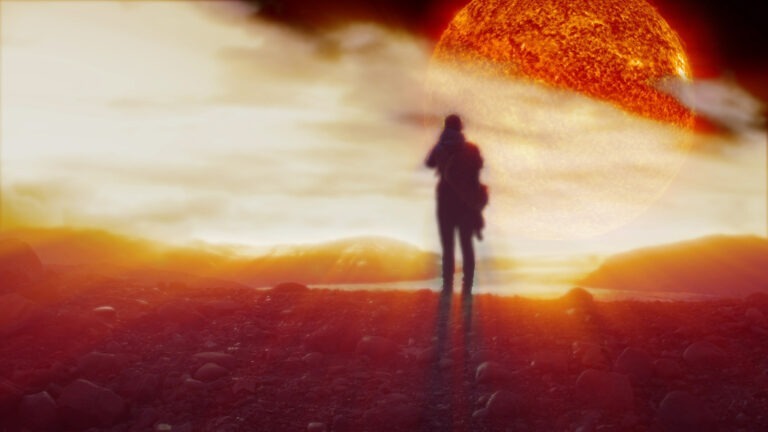
One of the saddest things about the death of great leaders is the loss of their wisdom. Many people through the ages have wondered what it would be like if we could continue to communicate with notable people who have shaped the world’s destiny. In an exclusive interview, Gates McKibbin shares her channeling experiences, bringing the sentiments of Thomas Jefferson, Abraham Lincoln, and Dwight Eisenhower back to life, offering a compelling message for those open to listening.
McKibbin isn’t your stereotypical psychic medium. She holds a Ph.D. from the University of Illinois and has received numerous academic awards, as well as a membership to Phi Beta Kappa. She has enjoyed an illustrious career as a corporate executive, a management consultant, and an adjunct college professor specializing in strategic and organizational renewal. However, there had always been a more spiritual side to her, lying in wait for the right moment.
Living life “in the fast lane,” as she describes it, McKibbin’s corporate career eventually took its toll, and chronic stress led to a serious decline in her health. Her physician gave her a blunt choice: Keep your job or regain your health. Taking his advice to heart, McKibbin said goodbye to her fast-paced lifestyle and began journaling. With no financial security and still battling a weak and debilitated body, her life took a strange turn. Suddenly, her deceased father, John McKibbin, began sending her telepathic messages, including encouragement to publish what he had to say from beyond the veil. This continuous engagement with her father not only helped her get through a difficult time but also freed her “to become a very different person.”
While McKibbin’s corporate career continued and remained successful, in the summer of 2001, her psychic door opened even wider. Feeling “something was afoot,” while sitting in the comfort of her San Francisco home one evening, McKibbin grabbed a pen, cleared her mind, and discovered the presence of our second president, Thomas Jefferson.
After introducing himself, she sat stunned and intimidated until the two minds came into sync. As she worked to bring Jefferson’s words to life, McKibbin quickly found gratification, committing to the messages coming forth, and deciding to surrender them to the world when she felt the time was right. Following her sessions with Jefferson, Abraham Lincoln showed up to discuss his troubled presidency and fight to preserve a divided Union.


